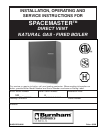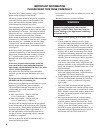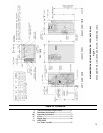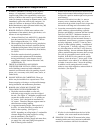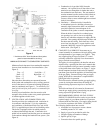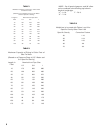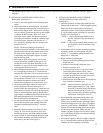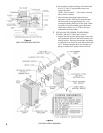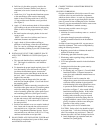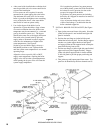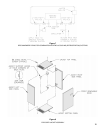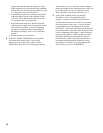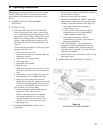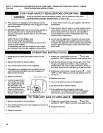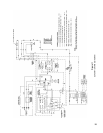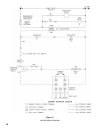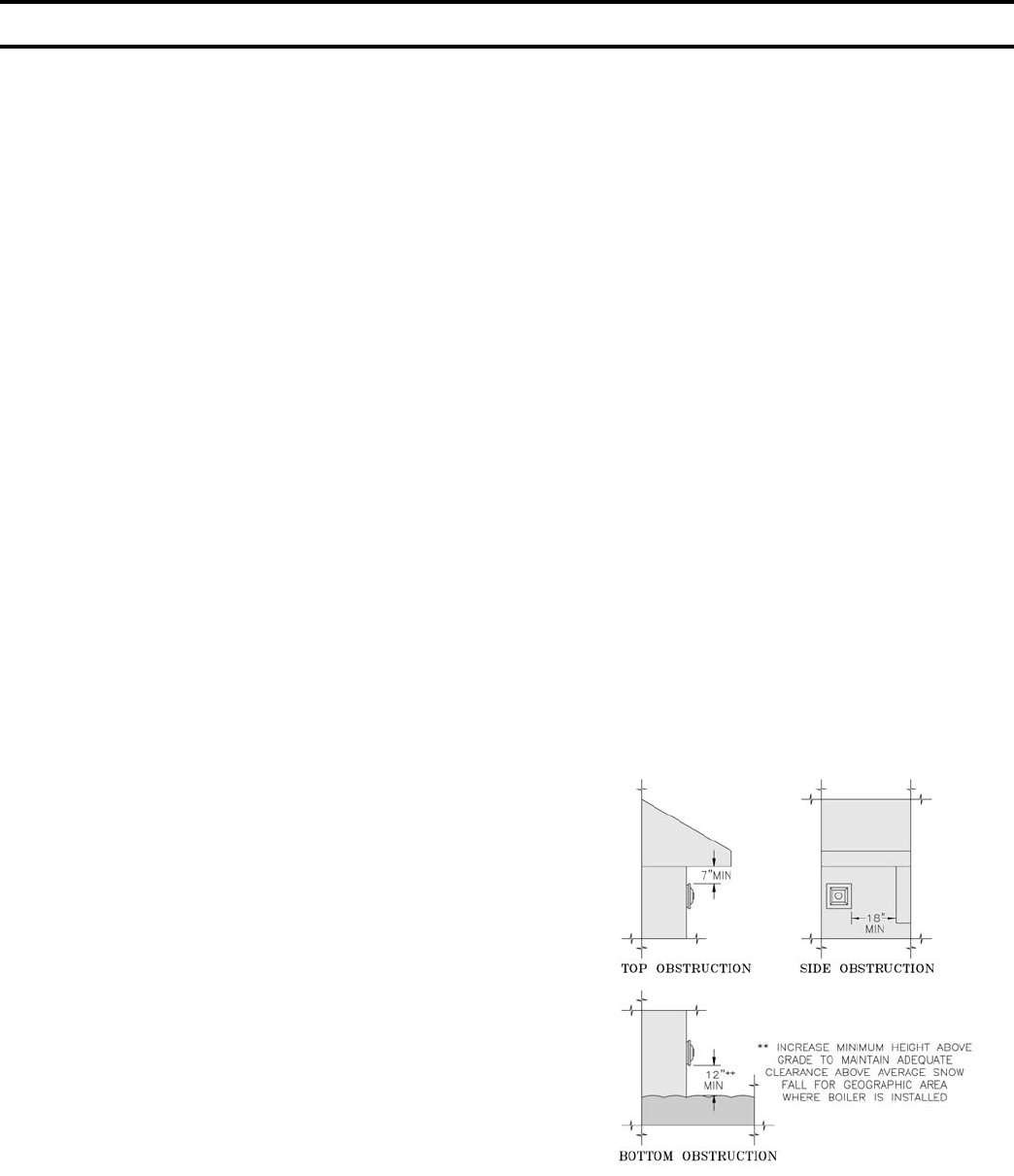
4
I. General Installation Requirements
1 INSPECT SHIPMENT carefully for any signs of
damage. All equipment is carefully manufactured,
inspected and packed. Our responsibility ceases upon
delivery of Boiler to the carrier in good condition. Any
claims for damage or shortage in shipment must be fi led
immediately against the carrier by the consignee. No
claims for variances or shortages will be allowed by
Boiler Manufacturer, unless presented within sixty (60)
days after receipt of equipment.
2 BOILER INSTALLATION must conform to the
requirements of the authority having jurisdiction, or in
absence of such requirements to:
a. “National Fuel Gas Code, ANSI Z223.1 obtainable
from the American Gas Association, 1515 Wilson
Blvd. Arlington (Rosslyn), VA 22209.
b. When required by the authority having jurisdiction,
the installation must conform to American Society
of Mechanical Engineers Safety Code for Controls
and Safety Devices for Automatically Fired boilers,
No. CSD-1.
c. The boiler must be electrically grounded in
accordance with requirements of the authority
having jurisdiction or, in the absence of such
requirements, with the National Electrical Code,
ANSI/NFPA No. 70.
3 THESE GAS BOILERS ARE DESIGN
CERTIFIED FOR INSTALLATION on an exterior
wall of buildings constructed with combustible
materials (wood framed walls with, paneling, drywall,
plaster, etc.) or masonry walls (brick, stone, stucco, or
cinder block).
4 DO NOT INSTALL ON CARPETING. These gas
boilers may be installed above carpeted areas. Note:
Protect carpeting or fl ooring to avoid possible damage
during installation and maintenance procedures.
5 BOILER LOCATION MUST MEET THE
FOLLOWING SITE REQUIREMENTS:
a. The boiler must be mounted on a fl at wall,
suffi ciently strong enough to carry the weight of
the unit. (See Figure 1). Minimum acceptable wall
construction would consist of 2” x 4” studding on
24” centers. Unit is designed for installation on
16” centers. Therefore, adequate supports must be
added between existing studding.
b. A suggested mounting height, where practical, is
fi ve feet - six inches from fl oor to center line of
intake air duct opening. (See Figure 1).
NOTE: depending on ceiling height, 6” combustible
clearance height from jacket top panel to ceiling
must be maintained. (See Figure 3).
c. Consider location of heating supply and return lines,
gas supply line, cold water piping and expansion
tank in selecting boiler location.
d. Exterior wall surface must be fl at to ensure that wall
fl ange can be mounted without being distorted and
also provide a positive weather-tight seal to prevent
water damage.
If exterior wall surface is not fl at (i.e., uneven
masonry, stucco, aluminum siding, etc.) a fl at
surface must be provided of equal size or larger than
the exterior wall fl ange and vent terminal cover.
e. Locate the vent terminal in relation to adjacent
public walkways, adjacent buildings, operable
windows and buildings, consistent with the National
Fuel Gas Code Z223.1: Minimum clearance of
4 feet horizontally from and in no case above or
below (unless four [4] foot horizontal distance is
maintained), electric meters, gas meters, regulators
and relay equipment. At least 12” from any door,
window or other building opening. A minimum of
12” above grade, 7” from any overhang, 18” from
any side obstruction or wall and 3’ away from any
adjacent building. Increase minimum height above
grade to maintain adequate clearance above average
snow fall for geographical area in which unit is
installed. If the unit is to be vented over a public
walkway, it must be at least 7” above grade. If the
vent terminal is to be within 10’ of a building fresh
air intake, it must be at least 3’ above the opening.
In addition, avoid venting the unit in corners,
niches or areas which might have reduced fresh air
circulation. (See Figure 2).
Figure 2
f. If boiler is to be installed above the level of the
radiation, a low water cutoff must be installed.
6 PROVIDE CLEARANCE between boiler jacket,
mounting bracket and vent system and combustible
material in accordance with local fi re ordinance.



